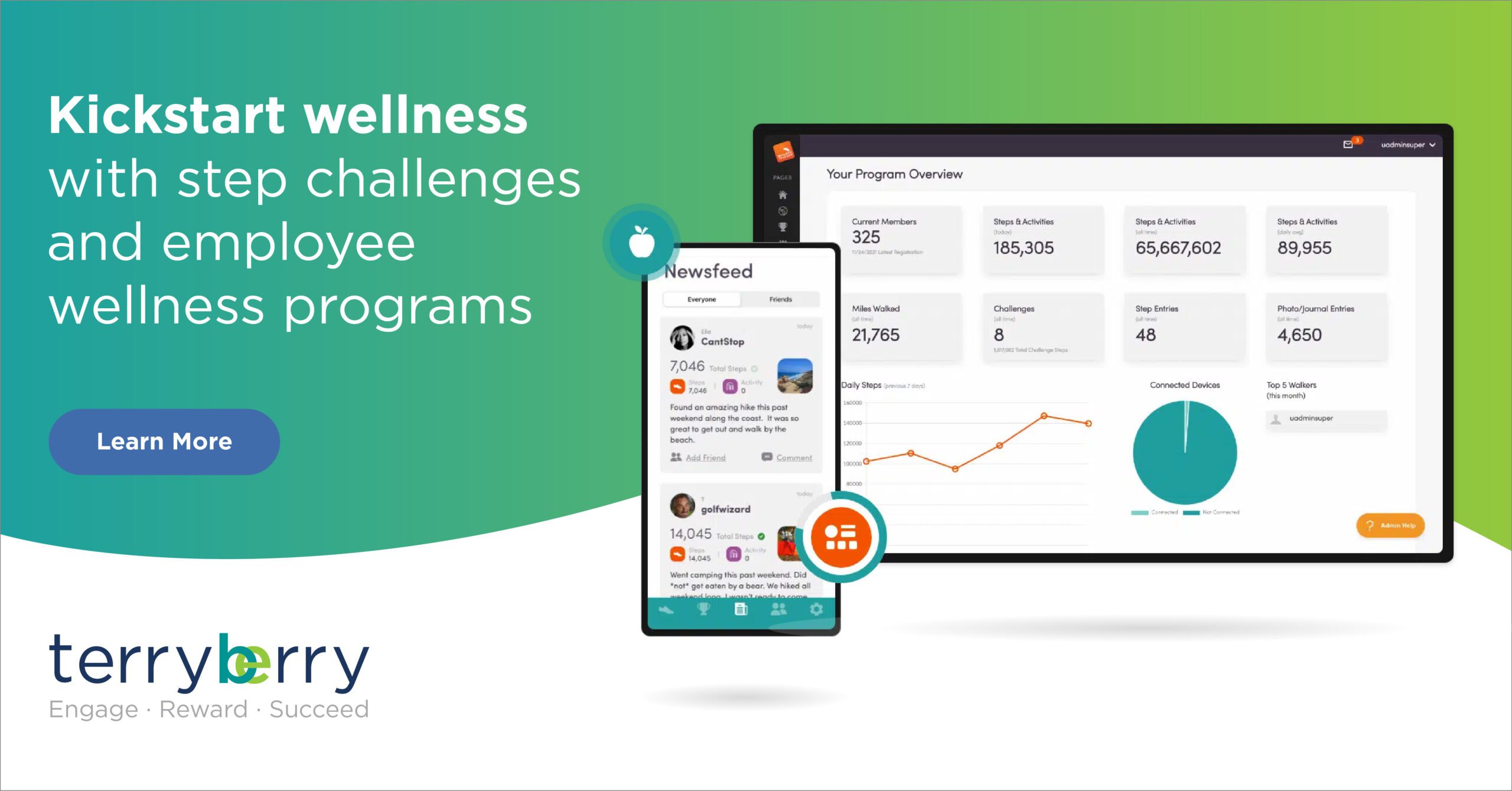July 15, 2024

Are you seeking effective ways to boost employee engagement and productivity in your workplace? This article explores 27 staff motivation exercises designed to energize your team and foster a more collaborative work environment.
Expect to find practical, fun, and interactive activities that will help motivate your staff and strengthen team dynamics.
Key Takeaways
- Understanding staff motivation and its common motivators such as employee recognition, career advancement, and flexible working conditions is crucial for a productive and engaged workplace.
- Incorporating a variety of engaging team building activities, ranging from icebreakers to problem-solving and trust-building activities, can significantly enhance communication, trust, collaboration, and creative thinking among employees.
- Implementing work-life balance initiatives, including flexible working hours, remote working options, and wellness programs, can improve employee well-being, job satisfaction, and overall productivity.
Introduction
Staff motivation is critical for a productive workplace, employee engagement, and overall job satisfaction. This article presents the top 27 employee motivation exercises to enhance employee engagement and productivity in the workplace.
These best team building activities, including team building games, are designed to be fun, engaging, and effective in building a strong team spirit during a team building event.
Understanding Staff Motivation
To truly harness the power of motivated employees, it’s essential to understand what drives them. Staff motivation encompasses an individual’s efforts to meet their own needs through their job.
If these needs aren’t met, employees may feel unmotivated. Therefore, using specific strategies to motivate your team is crucial.
Encouraging diversity in projects and tasks can keep the team motivated and engaged. Team building activities play a vital role in building camaraderie, developing personal relationships, and enhancing team collaboration.
Definition and Importance
Staff motivation is the driving force behind a productive workplace, employee engagement, and overall satisfaction. Providing regular, effective feedback is vital for nurturing constructive relationships and promoting team success. It is a key element in fostering a positive and thriving team environment.
Investing in employees through professional development opportunities helps companies attract and retain talent. By understanding motivation at a team level, managers can prioritize motivational activities for the greatest impact.
Common Motivators
Common motivators include:
- Recognition
- Career advancement
- Flexible working conditions
- Monetary rewards
For example, 64% of employees view recognition as a significant motivator. According to a 2022 LinkedIn report, 59% of employees believe that professional development is the top area a business should invest in to improve company culture.
And 81% of employees said they would be more loyal to their employers if they had flexible work options, according to a 2020 survey by FlexJobs.
Benefits of Motivated Employees
Motivated employees bring numerous benefits to the workplace. They're more likely to:
- Resolve issues quickly
- Work efficiently
- Build stronger relationships and connections
- Improve communication skills
- Break down silos
These factors contribute to better teamwork and collaboration among other team members.
An effective team-building exercise can help colleagues, including new team members, learn to rely on each other, increasing individual confidence. This also encourages team members to work together more effectively.
Icebreaker Activities to Kickstart Motivation
Icebreaker activities can only take a few minutes and energize team members and foster connections. They set a positive tone and help team members to loosen up.
These activities range from fun games to sharing personal experiences, making them excellent for breaking the ice and encouraging open communication.
Two Truths and a Lie
In “Two Truths and a Lie,” each participant shares three statements about themselves: two truths and one lie. The group then guesses which statement is the lie. This game is a fun way to build familiarity and bonding among colleagues by sharing personal facts.
Office Trivia
Office Trivia is a fun activity that tests team members’ knowledge about their workplace and colleagues. This game requires about 30-45 minutes and can be played virtually or in a conference room, enhancing team bonding and employee engagement.
Passions Tic Tac Toe
Passions Tic Tac Toe is a team-building exercise that involves the following steps:
- Participants fill out a 3x3 grid with their passions.
- They interact with one another to find colleagues with similar interests.
- This fosters connections and builds a sense of community.
Communication-Enhancing Exercises
Effective communication is the cornerstone of a productive workplace. Communication-enhancing exercises improve collaboration and efficiency by fostering clear and open communication among team members. These activities range from drawing challenges to non-verbal communication games.
Blind Drawing
Blind Drawing involves pairs sitting back-to-back, with one describing an image and the other drawing it. This activity enhances communication, interpretation, and leadership skills, making it a valuable exercise for improving team morale.
This activity can easily be adapted to accommodate remote teams as well. Have one employee describe the image while all other participants draw off camera.
Group Order
Group Order is a team-building activity where participants arrange themselves based on a given criterion without speaking. This game promotes non-verbal communication and understanding, helping team members to rely on and interpret body language and gestures.
Helium Stick
In the Helium Stick exercise, participants must lower a long pole to the ground while keeping all fingers in contact with it. This activity enhances teamwork and communication skills, as participants must work together to achieve the goal.
Problem-Solving Challenges
Problem-solving challenges boost strategic thinking and collaboration among team members. These activities encourage creative thinking and improve decision-making skills, making them essential for effective teamwork.
Egg Drop
In the Egg Drop challenge, teams build a structure to prevent an egg from breaking when dropped from a height of 10 feet. This activity encourages teamwork, creativity, and problem-solving skills, as participants must work together to design and build their structure,.
Marshmallow Challenge
The Marshmallow Challenge involves teams building the tallest free-standing structure using:
- spaghetti
- tape
- string
- a marshmallow
This activity fosters collaboration and creative problem-solving, making it an excellent exercise for boosting employee engagement.
Escape Room
Escape rooms provide an immersive experience where team members solve puzzles and find clues together within a time limit. These activities enhance problem-solving skills, communication, and teamwork, fostering bonding and trust among participants.
Trust-Building Activities
Trust-building activities are crucial for creating a cohesive and collaborative team. They help team members feel more connected and able to work together effectively. These exercises range from blindfold challenges to trust falls.
Blindfold Challenge
In the Blindfold Challenge, one team member is blindfolded while others verbally instruct them to locate and place objects in a designated basket. This activity promotes trust and enhances communication skills, as the blindfolded participant must rely entirely on their colleagues’ instructions.
Human Knot
The Human Knot team-building activity involves team members standing in a circle, holding hands randomly, and untangling themselves without letting go. This exercise fosters collaboration and problem-solving skills, helping to build trust and openness among teammates.
Trust Fall
The Trust Fall activity involves:
- Participants stand with their backs towards their teammate. They then fall backward into the arms of their colleagues, symbolizing trust and mutual support
- Building trust and improving communication among team members
- Providing a sense of accomplishment that is shared by the whole team
Recognition and Appreciation Exercises
Recognition and appreciation exercises boost team morale and motivation by acknowledging employees’ efforts and achievements. These activities foster a positive organizational culture and enhance productivity.
Peer-to-Peer Recognition
Peer-to-peer recognition involves colleagues acknowledging each other’s contributions and hard work. Implementing a peer recognition software system allows employees to reward exceptional performance among peers, enhancing work culture.
Empower your team and create a culture of recognition with Terryberry’s social recognition software. Our platform offers solutions for employees to recognize their peers and for managers to celebrate their employees’ success.
Employee of the Month
The Employee of the Month program is designed to recognize and reward outstanding performance and hard work. This program aims to motivate employees by highlighting their achievements and setting a benchmark for others to reach.
Recognizing employees’ efforts can significantly increase morale and satisfaction.
Appreciation Circle
In an Appreciation Circle, team members:
- Share what they value about their colleagues in a circle
- Promote a positive and appreciative work environment
- Foster trust and openness among team members
Creative Thinking Exercises
Creative thinking exercises encourage innovation and problem-solving by challenging team members to think outside the box. These team-building games range from designing personal logos to creating fictional magazine stories.
Coin Logo
Participants create a Coin Logo that represents their identity, fostering both creativity and self-expression. They then explain the significance of their logo to the team, promoting understanding and self-expression.
Magazine Story
In the Magazine Story activity, participants are divided into groups and create a fictional magazine about their organization. This exercise boosts team cohesion and encourages creative thinking by having participants envision and visualize future scenarios.
Shark Tank
The Shark Tank team-building activity involves participants pitching their business ideas in a mock version of the TV show. This exercise promotes leadership qualities, innovative thinking, and confidence, making it a valuable activity for fostering entrepreneurial spirit.
Fun and Relaxing Activities
Fun and relaxing activities are essential for setting a more relaxed and personable company culture. These activities range from creating secret handshakes to engaging in friendly competitions, helping to reduce stress and improve morale.
Build-a-Shake
Build-a-Shake activities encourage participants to share unique greetings, fostering group closeness and promoting a fun and supportive team environment.
Snowball Fight
Snowball Fight activities allow participants to write answers on paper and ‘fight’ with them. This playful game promotes interaction and bonding by having participants find the person who wrote each answer.
Rock, Paper, Scissors Tournament
The Rock, Paper, Scissors Tournament encourages friendly competition among team members. Participating in the tournament promotes team play and creates an engaging environment for employees.
Work-Life Balance Initiatives
Work-life balance initiatives are crucial for employee well-being and productivity. Employers can help employees achieve work-life balance by offering flexible and remote working options.
Managers should focus on productivity rather than hours worked to support better work-life balance.
Flexible Working Hours
Flexible working hours offer several benefits for both employees and employers, including:
- Better time management and reduced stress for employees
- Increased job satisfaction and motivation
- Improved productivity by allowing employees to work during their most productive times
- Enhanced employee morale and reduced absenteeism
Overall, offering flexible hours can create a more positive work environment and contribute to the success of the organization.
Remote Working Options
Remote working options can significantly enhance job morale and employee satisfaction by providing the entire team with greater control over their work environment. This flexibility allows employees to balance their personal and professional lives more effectively, reducing commuting stress and costs.
Remote work can also attract and retain a more diverse and talented workforce, enhancing overall satisfaction and productivity.
Wellness Programs
Implementing employee wellness programs is crucial for supporting the overall well-being of employees. These programs can include support for mental health in the workplace, which addresses stress and improves emotional well-being among employees,.
Comprehensive wellness programs that encompass mental health as well as physical health play a vital role in fostering a healthier, more engaged workforce.

Team Building Workshops
Team building workshops aim at enhancing the dynamics within a team and alignment with company goals. These workshops involve activities that emphasize team purpose, culture, and emotional alignment to improve productivity and happiness.
They often include various activities like feedback sessions, team discussions, and interactive exercises.
Emotional Culture Workshop
The Emotional Culture Workshop includes:
- Using an emotional culture deck to map how team members want to feel and not feel at work
- A 2 to 3 hour interactive workshop
- Discussing the desired emotional culture within the team
Activities like ‘Mood Pictures’ allow team members to choose images that reflect their current mood, sharing insights and emotions.
Team Dynamics Workshop
The Team Dynamics Workshop focuses on understanding and improving the dynamics of working together through hands-on activities. Workshops like the Team Canvas Session help teams articulate their goals, values, and roles.
The Myers-Briggs Team Reflection activity explores personal traits and interpersonal relations using the Myers-Briggs personality model.
Purpose and Alignment Session
Purpose and Alignment Sessions are designed to:
- Ensure that all team members are aligned with the team’s purpose and vision
- Foster a shared understanding of team goals and direction
- Maintain team cohesion and productivity.
Next Steps
Staff motivation is pivotal to creating a productive and engaging workplace. By implementing diverse motivational exercises, from icebreakers to creative thinking challenges, organizations can foster a positive work culture and enhance team member dynamics.
Terryberry's Be Engaged platform is an employee engagement solution you can use to administer recognition, wellness, surveys, and gather feedback that fuels business performance.


